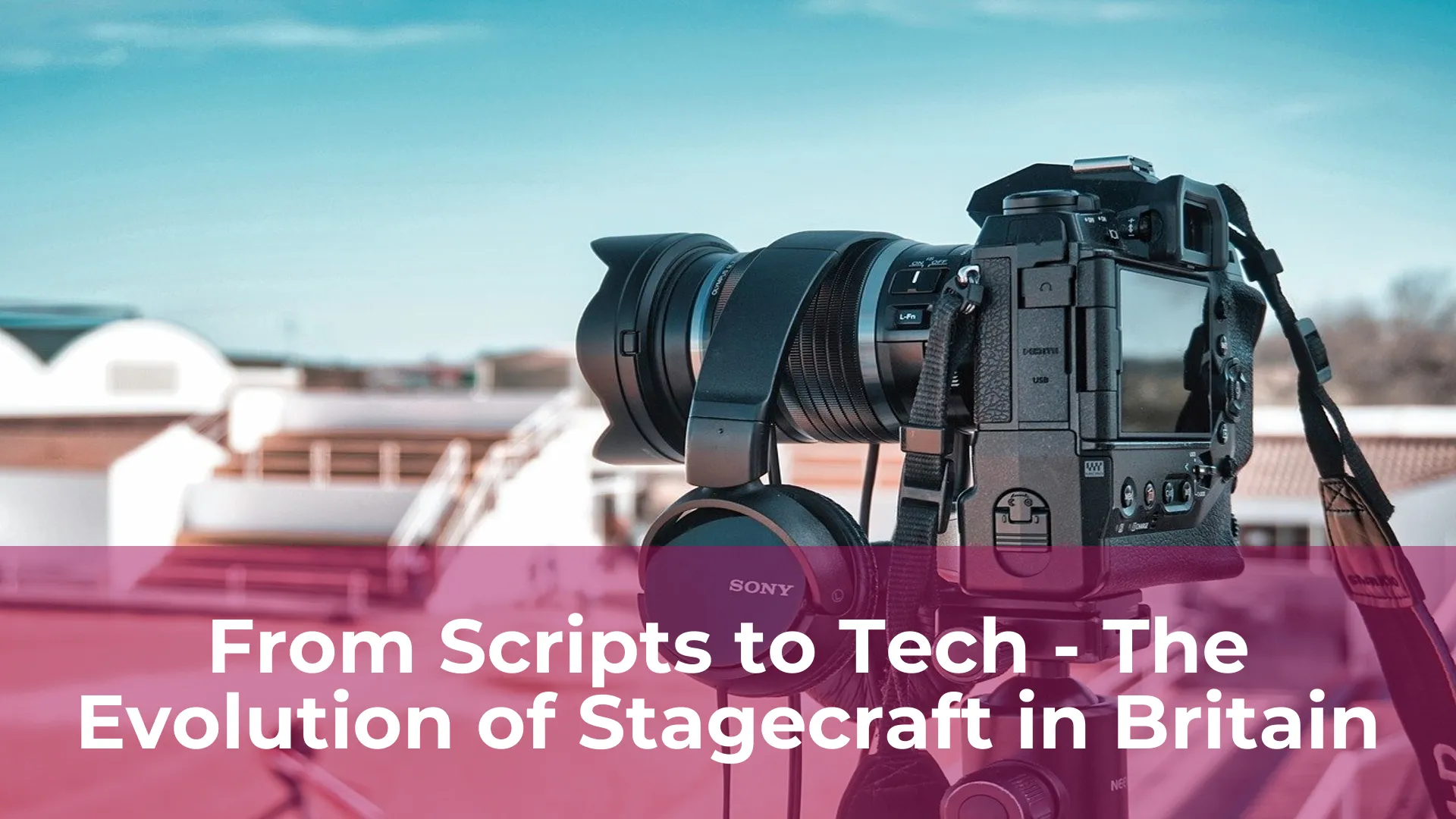Stagecraft in Britain has come a long way from the traditional scripts and sets of the past. The influence of technology has been profound, changing the way theater is produced and experienced. From lighting to sound to digital effects, technology has opened up a whole new world of possibilities for the stage.
One of the most significant changes in stagecraft has been the use of computerized lighting systems. These systems allow for precise control of individual lights, making it possible to create complex lighting effects that were previously impossible. The use of LED lights has also become more common, allowing for a wider range of colors and brightness levels. This has had a huge impact on the atmosphere and mood that can be conveyed on stage.
Another major development in stagecraft has been the use of digital projections and video mapping. This technology allows for images and videos to be projected onto any surface, creating stunning visual effects that can transport the audience to new worlds. This has been used to great effect in productions such as Harry Potter and the Cursed Child and The Lion King, where digital projections are used to create magical and immersive environments.
Introduction: The Historical Significance of Stagecraft in Britain
Stagecraft has played a significant role in the history of British theatre and performance arts. From the ancient Greeks to the modern-day productions, stagecraft has been used to create powerful and immersive theatrical experiences. Although stagecraft has evolved and changed over the years, it has remained a vital component of theatre and performance arts.
The evolution of stagecraft in Britain can be traced back to the Middle Ages, where performances were held in the courtyards of inns and taverns. The use of elaborate costumes, music, and props were used to create a captivating theatrical experience. With time, the performances transitioned to indoor playhouses, and stagecraft evolved to include lighting, stage design, and sound effects. Today, stagecraft has become an essential part of theatre, enhancing the audience’s experience and creating memorable moments that stay with them long after the production has ended.
The Emergence of Scripted Plays: Theatrical Performances in Pre-Industrial Britain
The emergence of scripted plays was a turning point in the history of theatrical performances in pre-industrial Britain. Prior to the 16th century, performances were largely unscripted and improvised, with actors relying on their own wit and skill to entertain the audience. However, with the growing popularity of theater and the need for more structured and organized performances, the use of scripts became more common.
The rise of scripted plays also brought about a new era of theater, with the emergence of professional actors and playwrights. Theatrical companies began to form, and plays were performed in a variety of venues, from private homes to public theaters. The plays themselves were often influenced by historical events and social issues of the time, and were used to provide commentary on politics, religion, and society.
Despite initial resistance from some religious groups and government officials, the popularity of scripted plays continued to grow throughout the 16th and 17th centuries. The works of famous playwrights such as William Shakespeare and Christopher Marlowe became staples of the theatrical canon, and their plays continue to be performed and studied to this day.

